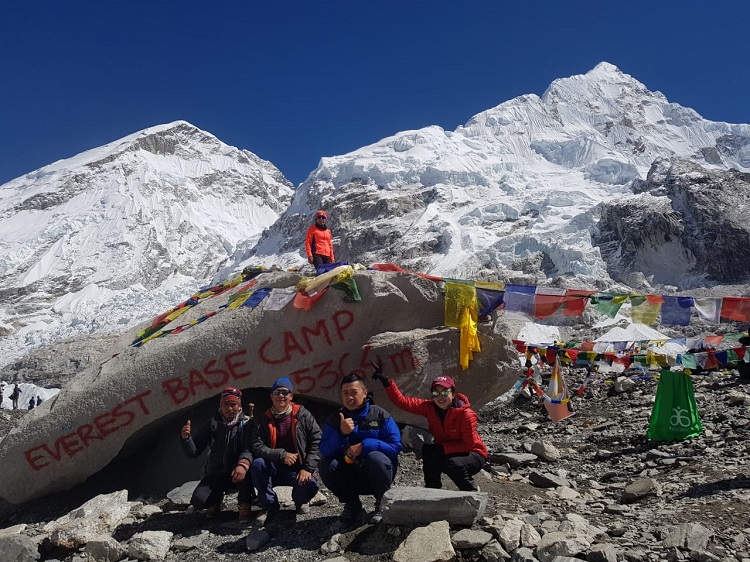Thousands of trekkers climbing Mount Everest have been sharing the stories of their Everest Base Camp trek. These fascinating stories have encouraged many of the tourists traveling to Nepal to plan for a trek to Mount Everest. Along with the success stories also comes to the stories of challenges in climbing Everest. While most of the trekkers succeed in reaching the peak, other return from mid-way and some never return back. Have you ever heard of the Rainbow Valley Everest? Through this article, we will provide you few facts about the Everest Base Camp trekking along with the challenges and risks in the Everest expedition.
Over the past decade, the Everest Base Camp trek package has emerged as one of the most sought after trek packages in Nepal. The Everest Base Camp trek is an amazing trek that presents the trekkers with beautiful landscape that varies through the trek, flora and fauna, rivers and Georges, cultural heritage sites and of course, the picture-perfect majestic Himalayas.
The Everest Base Camp trek starts from the beautiful town Lukla. You can reach Lukla by flight from Kathmandu. You can also choose to travel by road if you have enough time. The Tenzing Hillary Airport in Lukla is considered to be one of the most dangerous airports in the world. From Lukla, you’ll move towards Namche Bazar. This is the most developed town on the way to the Everest Base Camp trek.
Another major attraction of the Everest Base Camp trek is the Tengboche village. This village is very famous for Tengboche Monastery. From this village, you’ll get to enjoy amazing views of mountains like Nuptse, Lhotse, Ama Dablam, and so on.
Moving forward, you’ll reach the Everest Base Camp. You’ll get to experience the closest view of Everest from this point. The trek gets challenging from this point on.
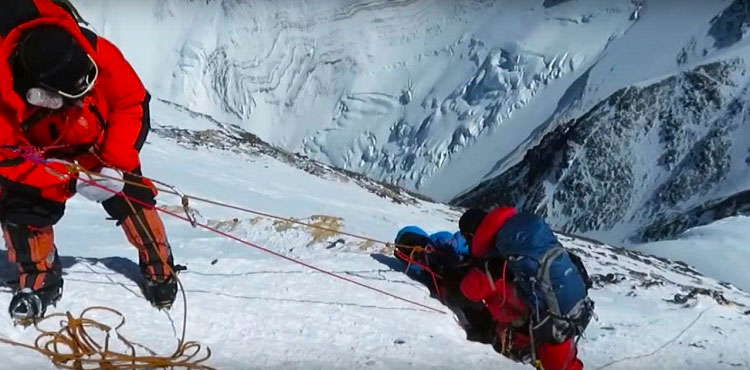
The term “Rainbow Valley Everest” gives us an image of a beautiful valley but in fact, it’s just the opposite. Mount Everest Rainbow Valley is a segment on the cliff of Mount Everest which is full of dead bodies of climbers who were not able to make it back or make it to the top. This region is named as the Rainbow Valley Everest as it is full of dead bodies with different colored jackets. Thousands of dead bodies lie untouched in the Mount Everest Rainbow Valley as it is very difficult to bring back the dead bodies. The Rainbow Valley Everest is also called Everest graveyard Valley because it serves as a graveyard to all those lost bodies in the Mount Everest deaths.
Since the temperature is very low in this region, the dead bodies do not decompose easily. As a result the dead bodies doesn’t get decomposed easily and the dead bodies remains as it is. Hundreds of dead bodies on Everest with different colored jackets make this area look like a rainbow. The meaning of the name “Rainbow Valley Everest” surely does make you think twice about your Everest expedition trip.
Thousands of climbers attempt to climb the peak every year. Of which, few succeed in reaching to the top, few return from mid-way and a certain percentage of climbers die on the way. The more the death, the more the bodies pile up resulting in the formation of areas like Mount Rainbow Valley Everest. As beautiful the name “Rainbow Valley Everest” sounds, the meaning is much dangerous.
Moving on, we will now explain you few facts about the Everest expedition like the Everest base camp trek and its geography, trek difficulty, best time to trek, length of the trek, Everest Base Camp Tour and Rainbow Valley Everest stories too.
Mount Everest Rainbow Valley Stories
When it comes to the number of dead bodies on Rainbow Valley Everest also known as Everest graveyard, no one knows exactly how many bodies remain at Mount Everest today. But the estimated figure of Mount Everest deaths is around 200. Climbers and Sherpas lie tucked into crevasses, buried under avalanche snow and exposed on catchment basin slopes – their limbs sun-bleached and distorted.
At this altitude, the oxygen in the air is scarce; also, the weather is too cold and unpredictable, and high velocity wind blows at all times. Due to these factors crossing Rainbow Valley Everest, whether in terms of ascending or descending the peak is quite challenging, often resulting in deadly consequences. Not having supplement oxygen also leads to Mount Everest deaths.
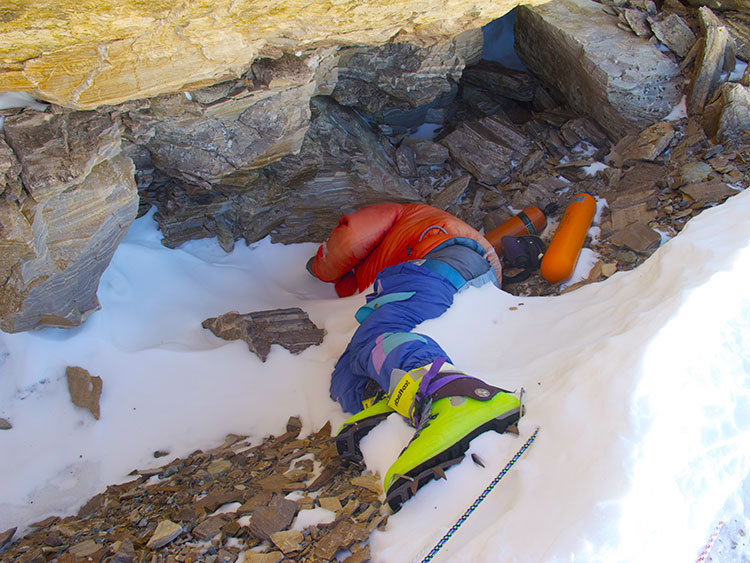
One of the well-known stories is the remains of Tsewang Paljor, a young Indian climber who lost his life in the infamous 1996 blizzard. This is among the hundreds of dead bodies on Everest. For nearly 20 years, Paljor’s body – popularly known as Green Boots, for the neon footwear he was wearing when he died – has rested near in the Mount Rainbow Valley Everest. When snow cover is light, climbers have had to step over Paljor’s extended legs on their way to and from the peak.
Items like the Green Boots have become so numerous over the years that other climbers use them as landmarks; for example, a fallen man known as Green Boots marks a cave on the north side of the mountain that runs along the main climbing trail. The northeast route contains so many bodies wearing colorful down jackets and snow gear that the area has earned the morbidly cheerful nickname “Rainbow Valley.”
What Causes Many Deaths in The Everest Trek?
Trek to the Everest base camp trekking is categorized as medium difficult trek. Every year thousands of trekkers start their journey to the Everest Base Camp, but only a few of them succeed in reaching the top. Studies have shown that people if all ages, shapes and sizes have completed the trek. Because you’ll be trekking above 5,000 meters, you’ll be facing many challenges on the way rather than just walking difficult paths. The Rainbow Valley Everest is the most difficult part of this trek.
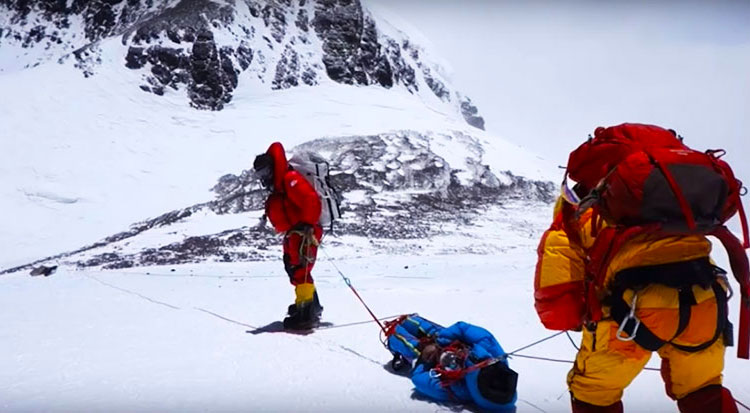
The trekkers are suggested to have a prior trekking experience before they go for the Everest expedition. However, mountaineering skills or technical expertise is not required for the Everest Base Camp trek. Altitude is by far the most challenging aspect of the trek and is what makes it more difficult than your average trek of the same length. Acclimatization is another most important part of the trek. For this, most guided tours will have 2 days factored in to allow for acclimatization. These days allow your body to get used to the higher than normal altitude but also provide an opportunity to explore some of the surrounding areas while not trekking. The trekkers will also be at a serious risk of Acute Mountain Sickness and other altitude related illnesses.
The level of oxygen is really scarce and trekking in this area causes high level of physical exhaustion. Using precious strength and breath to try to tow incapacitated Death Zone climbers back down to a survivable altitude is almost certainly suicide, even for experienced Sherpas and mountaineers. That’s why bodies are left as they fall.
May 11, 1996 was declared as the deadliest day on the Everest. This is because eight climbers who were on the way to the Everest never showed back to the Everest Base Camp.
View of Rainbow Valley Everest by Everest Base Camp Helicopter Tour
Are you dreaming of Everest Base Camp tour but not a trek lover? If yes, the Everest Base Camp Helicopter tour is the best option for you. Through this helicopter tour, you’ll be able to explore the beautiful snow-capped mountains especially Mt. Everest within few hours without any prior physical preparation. This is also one of the most luxurious ways one can reach such an isolated region in the Himalayas.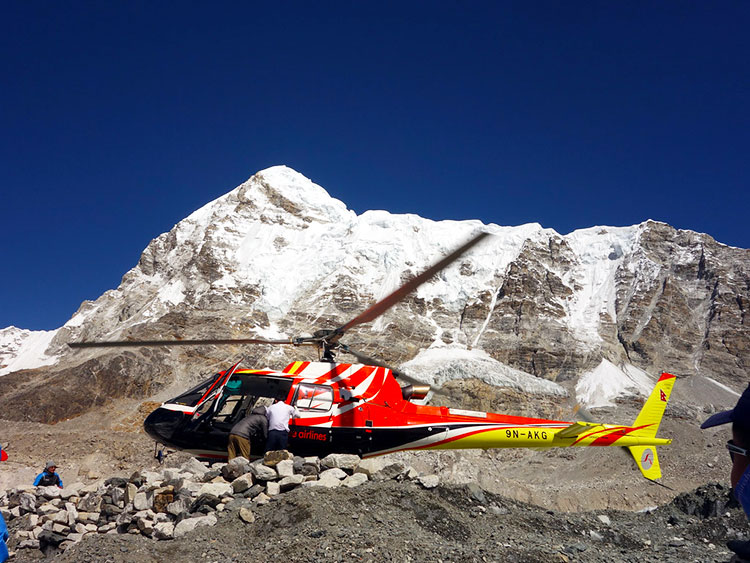
This helicopter flies above Kathmandu valley towards Khumbu region. From Lukla, it flies over Namche Bazaar, Everest View Hotel, Tengboche, and Khumbu valley covered in Rhododendron forests, villages and rugged terrain. The landscapes near mountains above which the helicopter flies are covered by moraine, rocks, and glaciers. Apart from Everest, one can also get beautiful views of mountains like Lhotse, Pumori, Nuptse, Makalu, Cho-Oyu during this helicopter ride. The Rainbow Valley Everest can also be seen from the helicopter.
This heli tour is favorable for everyone and can be completed almost at any time of the year as long as the weather conditions are right on that day.
So when is the best time to trek the Everest Base Camp? Autumn and Spring are considered to be the best time to trek Everest Base Camp. Pre-monsoon (February, March, April and May) and Post-monsoon (September, October, November and December) are considered to be the best time for your Everest expedition. However, the climbing season on Everest is April and May each year.
Late September, October and November provides better views of the mountains, less heat haze, cloud and clearer views of the world Class Mountains can be spectacular. The weather can be crisp, but clear as you make your way up to the Everest Base Camp. There is always the risk of rain at lower elevations and snow higher up on the trail. Be prepared for all weather conditions and have the right gear.
It is recommended to avoid monsoon months of June through August. During this time of the year, the trail conditions are not the safest, the trek will be wet and unenjoyable and you won’t even be able to get any great pictures of the beautiful mountain peaks.
Planning your Everest expedition during the months of February through May and September through October often guarantees stable and mild weather. The classic route will be busy but this will not disturb you from enjoying the natural beauty of the area.
You can choose to trek during the winter if you really want to avoid the crowds and are prepared to invest in some proper cold-weather gear. Also be informed that many tour operators may not be able to offer guided tours during the off-peak months and many of the usual routes will be closed.
Happy Holidays treks & expedition is a group of experienced guides with more than a decade in trekking & tours service in Nepal, Tibet, Bhutan & Sikkim. The company offers guided adventure culture treks and tours plans for groups, schools, youths, family and individuals in the Mt. Everest region, Annapurna region, Langtang region, Upper Mustang, Kanchenajunga, Dolpo in Nepal, as well as other regional destinations like Tibet, Bhutan and Sikkim. You can contact them if you are planning for climbing Mount Everest.

